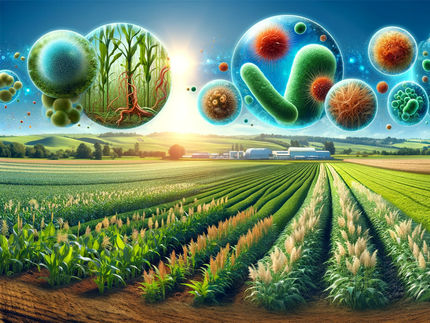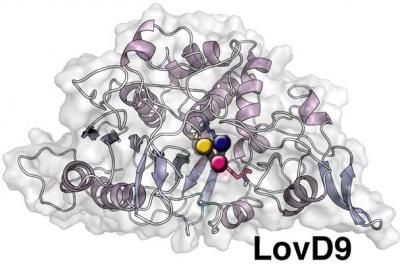TVA fertilizer technology used worldwide - but few new products since 1970s
Advertisement
About 75% of fertilizers and fertilizer technology used around the world today were developed or improved during the 1950s to 1970s by scientists and engineers at the Tennessee Valley Authority (TVA) in the United States, says John Shields, a former TVA official. Shields is now Interim Director of the Research and Market Development Division of IFDC, an International Center for Soil Fertility and Agricultural Development, based in Muscle Shoals, Alabama.
"An investment of $41 million in fertilizer research through 1981 returned an incredible $57 billion to U.S. agriculture," Shields says. "That doesn't include benefits of the technology to the rest of the world."
But inadequate public funding caused closure of the TVA fertilizer research program in the early 1990s. Today, publicly funded fertilizer research and development has essentially ceased — and so has the flow of new and more efficient fertilizers and fertilizer manufacturing technologies.
Dr. Amit Roy, IFDC President and CEO, says, "TVA's fertilizer program is recognized as one of the most effective research and development programs of any U.S. agency. Its benefits to the world far outweigh the public investment that the United States made in fertilizer research and development. It's time to launch a radical initiative to develop a new generation of energy-efficient fertilizers to help avert hunger and famine."
Dr. Norman Borlaug, 1970 Nobel Laureate, says, "I am concerned about the state of the fertilizer industry itself. With the price of energy increasing, we need to find cheaper, more effective ways to nourish food crops. The price tag for increasing productivity in Africa will be quite high. The fertilizer industry needs to do everything in its power to minimize that cost. Farmers are paying way too much for fertilizer products because we are transporting millions of tons of material that is not nutrient and because much of the nutrients in applied fertilizers are never used by the crop. Nutrient losses to the environment are high with consequences for global warming and water pollution.
"Work should begin now on the next generation of fertilizer products using advanced techniques such as nanotechnology and molecular biology, especially in conjunction with plant genetics research. 'Smart' fertilizer products that will release nutrients only at the time and in the amount needed should be developed." Borlaug served on the IFDC Board of Directors from 1994 to 2003.
Topics
Organizations
Other news from the department business & finance

Get the chemical industry in your inbox
By submitting this form you agree that LUMITOS AG will send you the newsletter(s) selected above by email. Your data will not be passed on to third parties. Your data will be stored and processed in accordance with our data protection regulations. LUMITOS may contact you by email for the purpose of advertising or market and opinion surveys. You can revoke your consent at any time without giving reasons to LUMITOS AG, Ernst-Augustin-Str. 2, 12489 Berlin, Germany or by e-mail at revoke@lumitos.com with effect for the future. In addition, each email contains a link to unsubscribe from the corresponding newsletter.























































